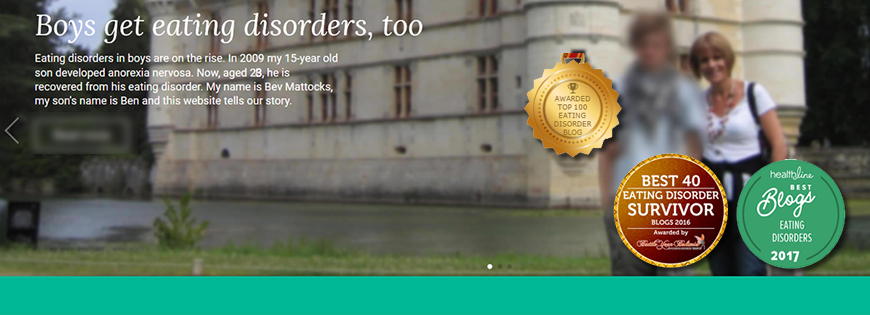I am LOVING Dr Julie O'Toole's blog and, in this recent blog post, she echoes what I have said about BMIs being used as an indicator of the seriousness of an eating disorder both at diagnosis stage and throughout treatment. She gives a terrific example of how reliance on BMI charts could prove potentially dangerous when assessing certain adolescents, especially those whose pre-morbid BMIs were above the so-called 'norm' yet who ate healthily (i.e. they didn't overeat). The same could apply to young people who carry a lot of muscle e.g. many males. Say the individual then goes onto lose a substantial amount of weight very quickly (for whatever reason), begins to get hooked on the idea of continuing to lose weight and gets taken to see the GP or pediatrician. The GP calculates the patient's BMI and the only alarm bells that are ringing is that this patient's BMI is too high and they might need to lose weight. See why this could be dangerous? Especially if the patient is presenting with typical eating disorder symptoms?
Hmn, sounds familiar. My son's pre-morbid BMI was high (a muscly 'forward' on the rugby pitch). He then went on to lost around a quarter of his pre-morbid body weight very quickly. By the time he stood in front of our GP and most certainly by the time we first attended CAMHS, the anorexia symptoms and behaviours were raging.
Just as scary, he began to develop Bradycardia (abnormally low pulse rate). Of course without any thorough medical checks this was never identified. The first we knew of it was when the school nurse wisely took my son's pulse in January 2010. Within a shot, I'd whisked him down to our local city hospital and he was transferred to our other hospital - the one with the specialist cardiac ward. By that time his pulse rate was registering 29bpm.
Yet throughout the whole eating disorder experience, my son was getting damaging messages - from our GP and from CAMHS.
All those messages about his BMI being relatively OK, about "slipping into the healthy BMI range", about CAMHS not being overly concerned about his weight and about not having reached the point where his illness could be officially given the 'anorexia' label... All of these messages translated inside his head that he wasn't sick enough, that his weight was too high and that he was fat.
And, by trying to get him to eat, I - as his mother - risked making him obese.
By the autumn of 2009 (that time when we were to-ing and fro-ing from the GP and trying to get a referral for eating disorder treatment), my son was exhibiting all kinds of physical and visible symptoms in addition to the mood volatility, violence, weight loss, fats phobia and refusal to eat properly.
His skin was bone-dry, flaking and red. His hair lacked lustre. He was as white as a sheet. He had dark rings round his eyes. He wasn't sleeping. He lacked energy. And then, as I have already said, he went Bradycardic as well.
But none of this was picked up on.
All anyone was interested in was what the BMI charts were telling them.
And the BMI charts were telling them that my son's eating disorder - if indeed it was an eating disorder and not simply 'eating disordered thinking' coupled with low self esteem and mood - was relatively mild.
Read Dr O'Toole's article here.

No comments:
Post a Comment